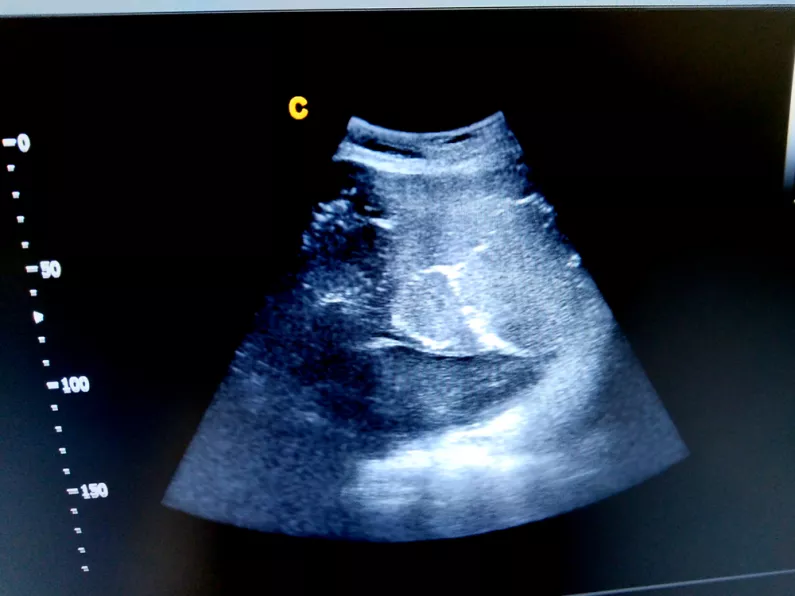One of the most exciting aspects of the pregnancy journey is gender determination.
This can be done by genetic screening or more commonly by a second trimester ultrasound commonly referred to as an Anatomy Scan or an Anomaly Scan.
But other than gender determination, what are they looking for?
The Anatomy Scan: what you need to know
This is an ultrasound performed most commonly between weeks 18 and 22 of pregnancy to assess the structure of the fetus and identify any structural abnormalities.
This time is chosen because by this stage the growth and development of the fetal organs should be completed.
How should you prepare?
There is no specific preparation for an Anatomy Scan, however it may take a little longer than a first trimester scan so it is wise to have a meal beforehand and to plan for a longer stay in the ultrasound suite.
During non obstetric ultrasounds, patients may be asked to drink a lot of fluid; but this is not required for an obstetric ultrasound because the amniotic fluid around the baby allows us to see the baby clearly.
And that's a relief for most pregnant women because by this time you may already have started frequent bathroom visits!
What are they looking at?
An Anatomy Scan is literally a “head to toe” examination of the fetus.
The fetus is measured and an Estimated Fetal Weight (EFW) calculated.
An abnormality in growth, that is if the baby is too small or too big, can be an early indication that all is not well with baby or Mommy.
Head: Is the size normal? If not, is it too big or too small? Are all the structures that should be present there? If they aren’t, what is missing?
Chest: During the cardiac assessment, you will be able to hear and see the heart beating. They will be looking to see if the heart is structurally normal. Are the lungs present?
Abdomen: The presence of the stomach “bubble”. Is it enlarged? Is there a second stomach “bubble”. The presence of the bladder and the kidneys. If there is an abnormality in the urinary tract, the bladder may be enlarged. Anomalies along the urinary tract may also be associated with abnormalities of the amniotic fluid, since amniotic fluid is fetal urine. This may be increased or decreased. At this time, the umbilical cord and where it attaches to the baby and the placenta will be assessed.
And yes, your baby's gender can also be determined at this scan!
Bones: The limbs will be assessed. Are limbs, fingers and toes present? Are there any extra? Are the limbs the correct length? One may be longer than the other. The spinal cord is also assessed at this time.
Non-fetal aspects
Amniotic fluid, which is the fluid around the baby, will be measured.
The location of the placenta will be recorded and the placenta evaluated to ensure it is normal.
Mommy’s cervix can also be measured at this time.
Screening for chromosomal abnormalities
The Anatomy Scan forms part of the screening tools that can be used to assess for the risk of the fetus having chromosomal abnormalities, such as Down’s Syndrome.
But this is not diagnostic so if there are risk factors for chromosomal abnormalities, an amniocentesis (removing fluid from around the baby) or other forms of genetic screening tools which are diagnostic may be offered after discussion with mom.
Conclusion
The Anatomy Scan is not only a very important tool for assessing the progress of a pregnancy, it is also one of the more exciting aspects of pregnancy.







